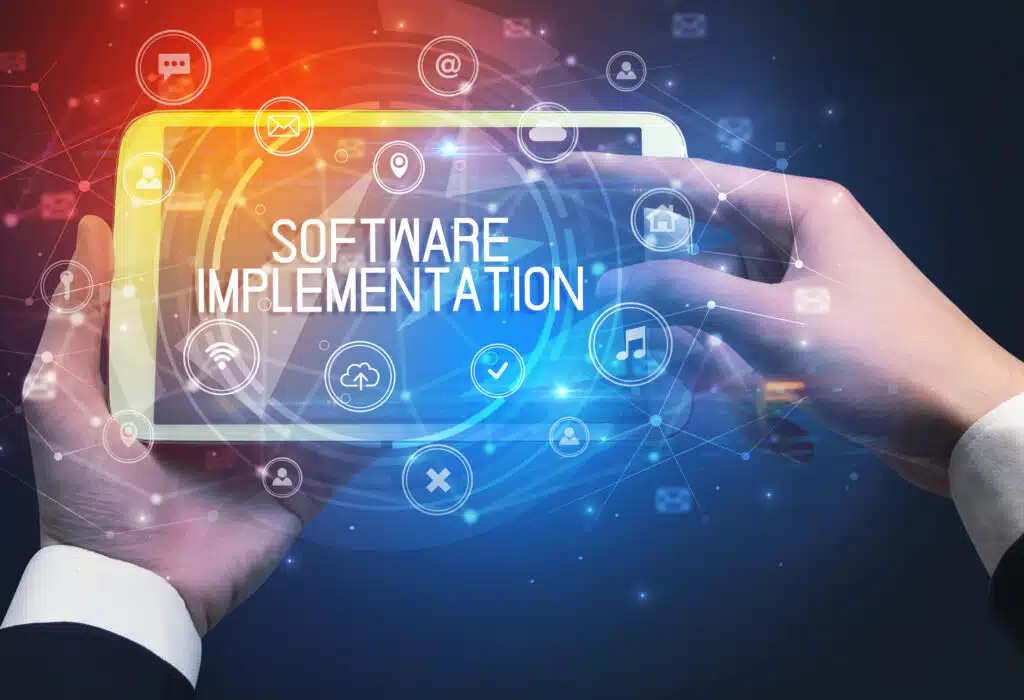So you have chosen your workforce management solution, got approval from the board against your business plan, gone through a pilot and proven the ROI assumptions, and you have settled down into business as usual (BAU). It is worth asking whether how to ensure your teams engage with your new workforce management software and are you delivering what you had hoped for when you started the project.
Are you still delivering the benefits you claimed in your business case? If you are, that’s great. However, if you are falling short, what can you do about it? In this article, we look at how to ensure your teams engage with your new workforce management software and its associated processes so that you continue delivering your expected Return on Investment (ROI).
Why is engagement important to get my ROI?
With a workforce management system, the benefits are driven by accurate forecasting, planning and time and attendance. These require a lot of things to be complete, including:
- Ensuring 100% compliance with time and attendance
- Making sure venue managers update exceptions at the end of each day (often called work log or time sheets)
- Ensuring all of the data and business logic on the WFM is up to speed.
- Monitoring your performance against your objectives
- Holding managers accountable for targets

Why is engagement sometimes challenging to achieve?
Once you roll out from the trial team to the wider business, it is usual to experience some resistance to change. This resistance to change means that not all staff fully engage with the processes required to make the project successful.
Workforce management software delivers better results if all staff follow all processes, so any lack of engagement will likely reduce the benefits you hoped for when you started the project.
Any software project involves change management, and workforce management solutions are no different. Successful change management is key to engagement with your WFM solution.
What is change management when we discuss a WFM implementation?
Change management is a term which describes the preparation, support, and training of teams whilst making organisational change. With workforce management implementations, “Change Management” can mean at least the following:
- Requiring staff to clock in and out
- New time off management processes
- Introducing a new “app” to staff
- Introducing new software to frontline managers
- New processes in the payroll department
- New processes in finance
- New targets and KPIs to monitor and follow
- Managing new integrations
- Enforcing new employment policies
- Asking employees to accept shifts that an AI may have created
In addition, we find that many companies use workforce management software implementation to “tidy up” existing terms and conditions. This often results in the digitisation of pay rules in a WFM platform and may prompt the need to renegotiate some of the less frequently used or most advantageous rules with the staff. This can add to the amount of change management required.

Why are we not getting the same KPIs in the wider rollout as in the pilot?
There are lots of reasons, these include:
- The pilot was the A team: You had motivated venue teams on the pilot who knew they were part of something new and exciting – this is different from the rest of the company, which are then asked to use the new platform.
- The vendor was fully engaged: during the pilot, they needed to get your sign-off to a full rollout. Have they backed off and left you to it now you have made a longer commitment?
- Senior management isn’t fully engaged after the pilot: We often see senior management heavily involved with driving change at the start of a project, but once the pilot is signed off as a success, they can often move on to other projects, and the WFM project suffers.
- You aren’t doing regular KPI reviews: If you regularly measure your performance against the objectives and metrics you outlined in your business case, you will quickly spot a drop in performance. If you don’t, performance can drift down over time.

What help can I expect from my workforce management vendor?
So, now that we have looked at how to ensure your teams engage with your new workforce management software let’s look at what you can expect from your vendor. This depends on how big the workforce management implementation is if you have one store and are paying £20 per month for a very simple app, then you can’t expect dedicated account management. However, you should still expect good self-help resources and FAQs.
For larger implementations, you should expect a customer success manager who is measured on your engagement level with your WFM platform and is aware of your KPIs.
So what are our top tips for getting your staff to engage?
- Do a pilot before you roll out: A pilot is an excellent way to get staff feedback and learn lessons before you roll out. It leads to better decisions and processes, which make engagement easier.
- Make it compulsory: We find that the highest level of engagement comes when employers insist that payroll can only be processed via the WFM platform. This reduces payroll errors and costs and increases engagement. Once people get used to using the process and their pay is dependent on following the process, engagement increases.
- Ditch the old paper processes: If you allow parallel processes such as paper-based time off management or managers still clinging to their old employee scheduling spreadsheet, then you will never get full engagement. You are probably not complying with your GDPR assessment either.
- Sell the benefits to your staff: A good WFM tool ensures accurate payroll, fair shift distribution, easy shift swaps, access to salary early and many other benefits. Ensure your staff understand these benefits and are incentivised to follow the processes required to deliver them.
- Use all of the engagement tools: Modern workforce management tools come with apps and other ways for staff to engage
- Automate as much as possible: Data accuracy and removal of mundane tasks significantly impact how people perceive the WFM platform. Engagement will improve if they can trust the data and don’t have to work too hard to maintain it.
- Ensure Managers know the ROI, and you continue to measure your KPIs: There is an old phrase, “what’s not measured isn’t managed”. If you monitor your KPIs, you can quickly spot when engagement drops and the benefits are no longer delivered. Then you can work with your team and vendor to get back on track.
- Ensure senior management support: Getting continued buy-in from senior management will help the project succeed.
- A great customer success team from your vendor: Before signing a new vendor, find out what the support and customer success team looks like. When you take references make that part of your questioning.
Related Articles:
How does a ShopWorks WFM software paid trial work?
What are the 10 biggest issues when implementing WFM software and how do you address them?
How does Workforce Management software work?
What is the cost of ShopWorks Workforce Management Software?




